In statistical analysis and scientific research, it is crucial to understand the differences between correlation and causation and to use sampling techniques effectively in order to draw accurate conclusions. Correlation refers to the relationship between two variables, while causation refers to a direct cause-and-effect relationship. Sampling allows researchers to study a population based on a…
Category: Data Analyst
Sample Non-Disclosure Agreement
The following is a sample Non-Disclosure Agreement that would be signed by a Contract or Freelance Data Analyst. As an analyst and engineer, I am obligated to keep the proprietary information that is shared with me, and that I produce for the client confidential. I gladly sign these and hold my honesty and integrity above all…
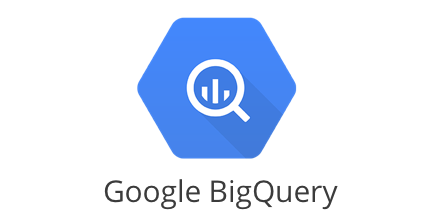
Data Pipelines on Google Cloud Platform & Big Query
Data pipelines are a crucial aspect of data management and analysis, as they allow for the efficient and automated movement of data from one location to another. In Google Big Query, data pipelines can be created using a variety of Google Cloud Platform (GCP) tools, including Cloud Storage, Cloud Pub/Sub, and Cloud Functions. To create…

Data Analysts, Data Engineers and Data Scientists
Data analysts, data engineers, and data scientists are all professionals who work with data to extract insights and inform decision-making. While there is some overlap in the skills and responsibilities of these roles, they each have their own distinct focus and responsibilities. Data analysts are responsible for collecting, organizing, and analyzing data to inform business…
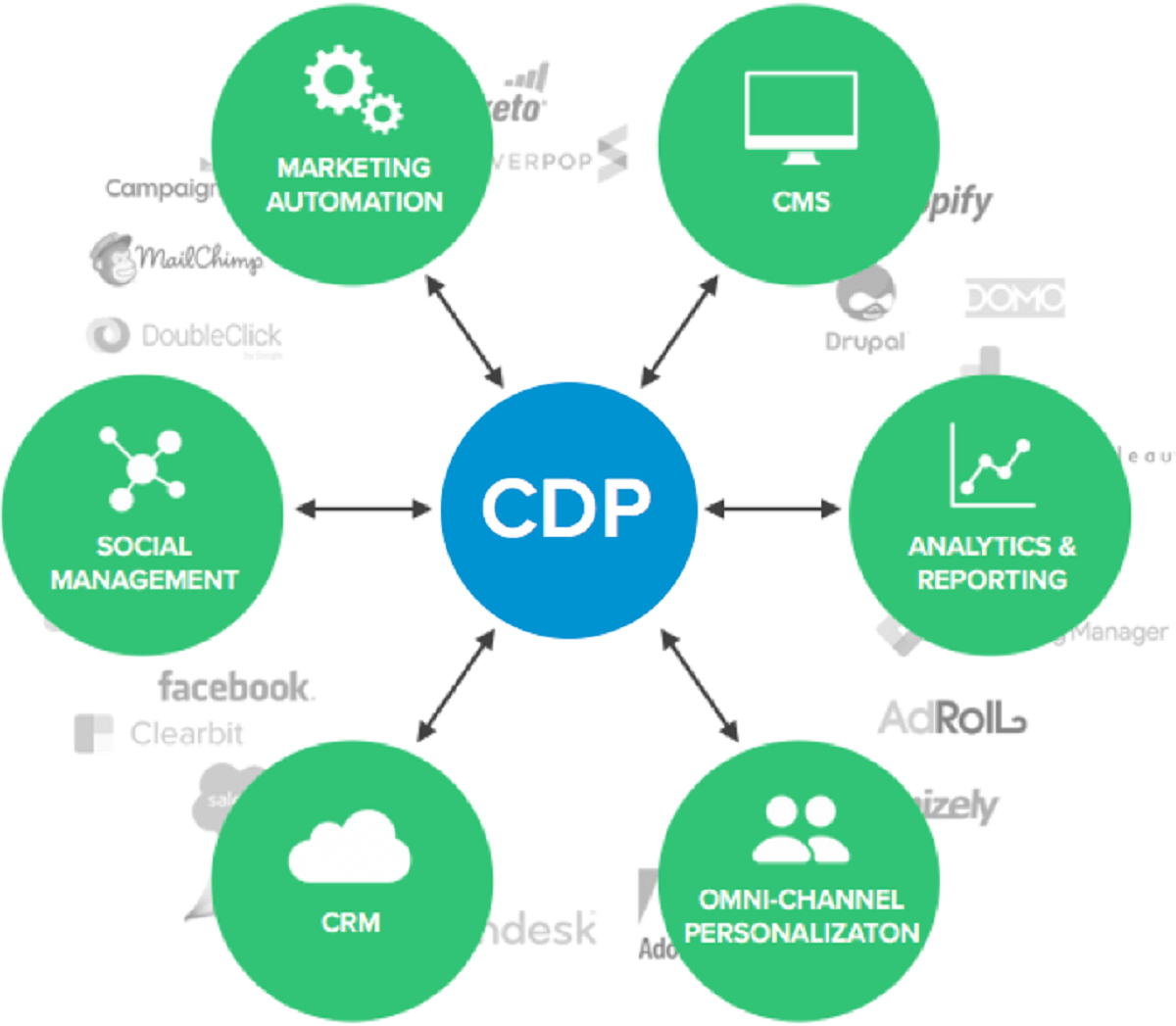
Customer Data Platforms (CDP)
Customer Data Platforms (CDPs) are a type of software that helps companies collect, store, and manage customer data from various sources, such as web analytics, CRM systems, and marketing automation tools. The goal of a CDP is to create a single, comprehensive view of the customer, which can be used to improve marketing, sales, and…
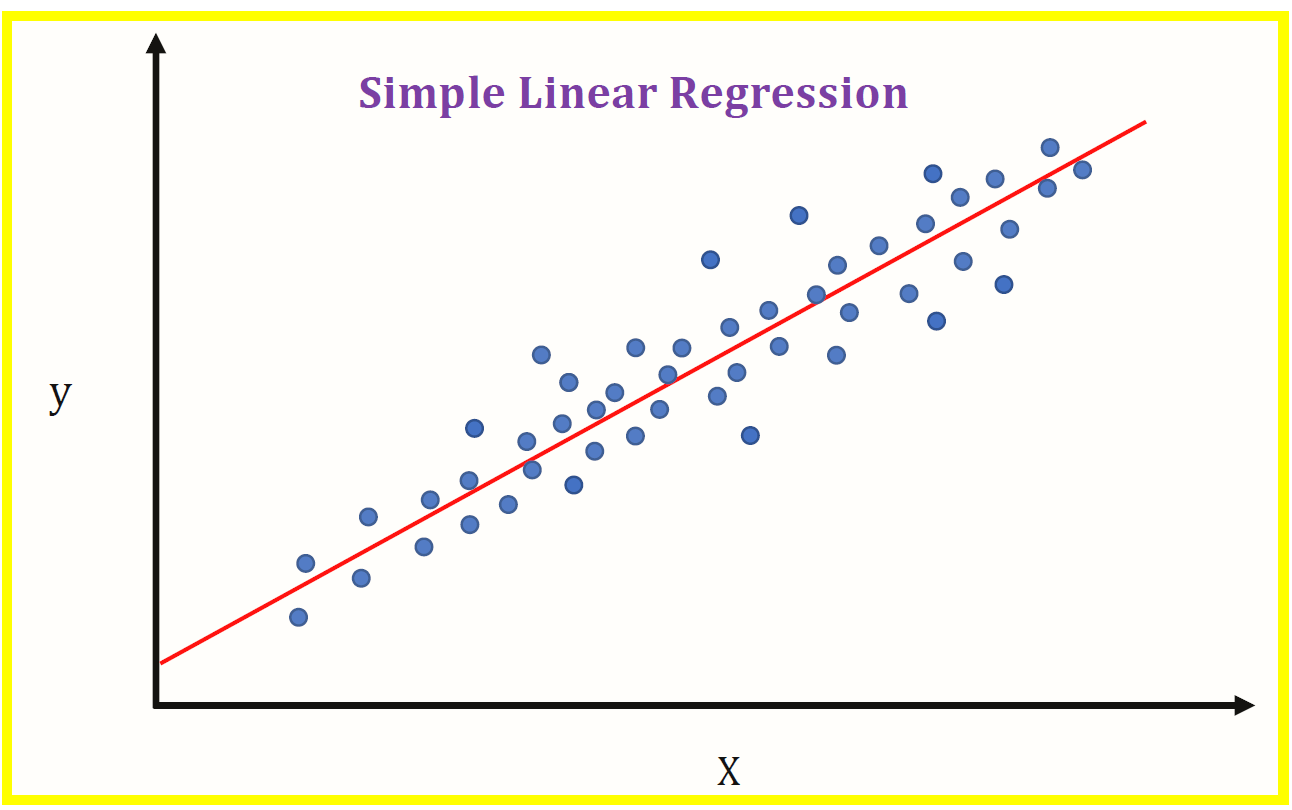
Linear Regression and Regression Analysis
Linear Regression Linear regression is a statistical technique used to analyze the relationship between two or more variables. It is a type of regression analysis that is used to model the relationship between a dependent variable and one or more independent variables by fitting a linear equation to the observed data. Linear regression assumes that…
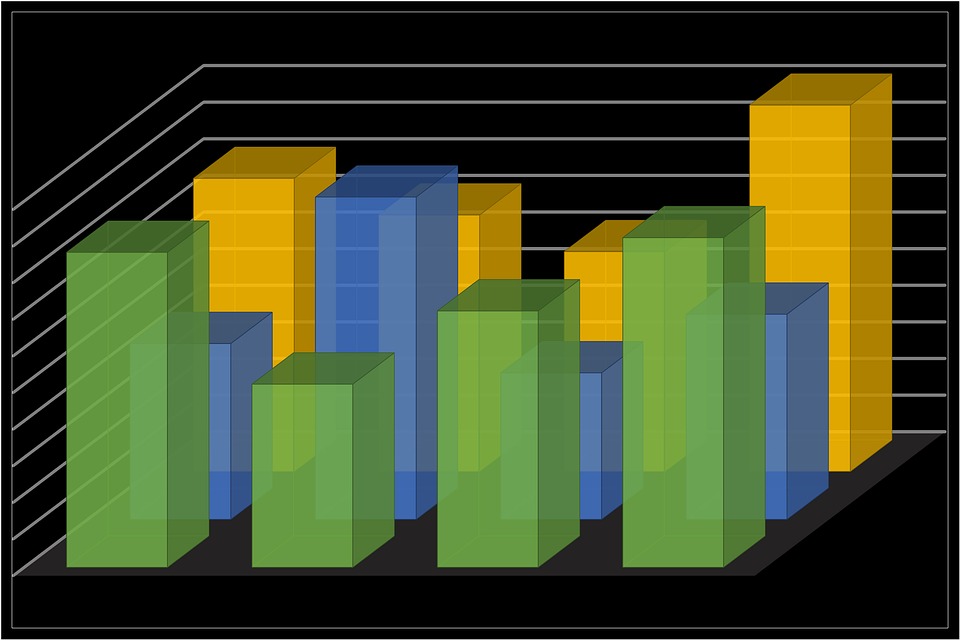
Statistical Analysis
Statistical analysis is the process of collecting, organizing, and interpreting data in order to draw conclusions and make decisions based on that data. It is an essential tool for many fields, including business, economics, and the social sciences. The first step in statistical analysis is to collect the data. This may involve conducting surveys or…
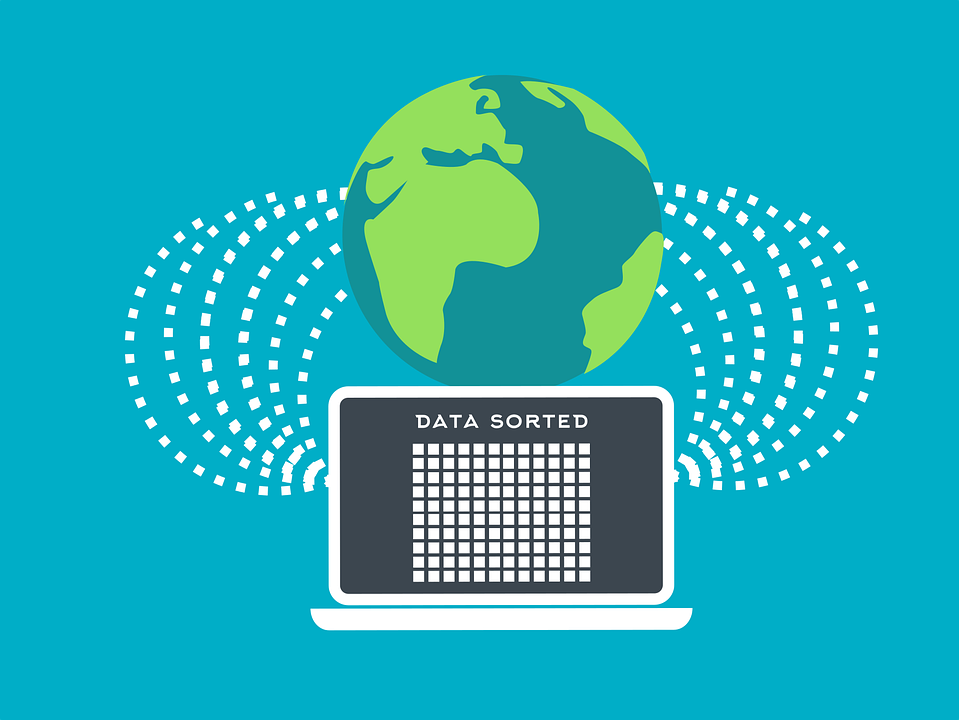
Qualitative and Quantitative Analytics
Quantitative and Qualitative Analytics and their use cases. Qualitative and quantitative analytics are two different approaches to data analysis. Qualitative analysis involves examining and interpreting data in order to understand underlying meanings and patterns. This type of analysis is often used to gain insights and generate ideas, and is typically used in the early stages…
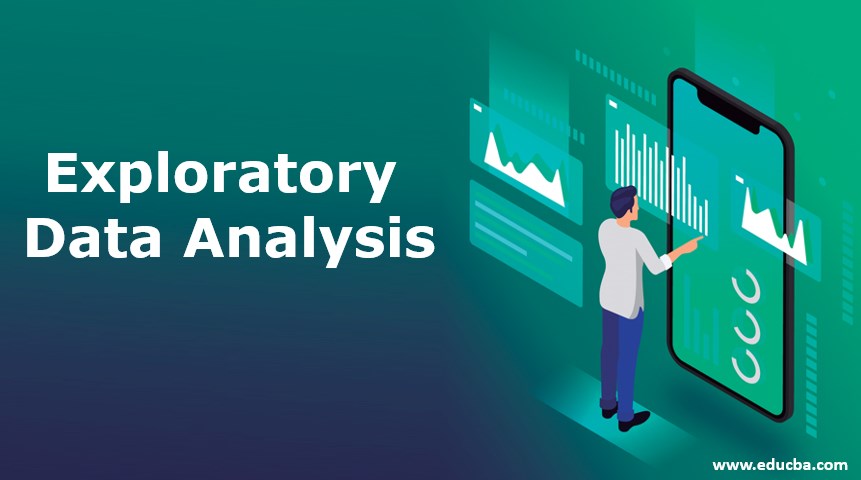
Statistical and Exploratory Data Analysis
Exploratory Data Analysis (EDA) is a method of analyzing data sets to summarize their main characteristics, often with the use of visual methods. This can include looking at the distribution of variables, identifying any outliers or anomalies, and testing for relationships between variables. The goal of EDA is to provide a better understanding of the…
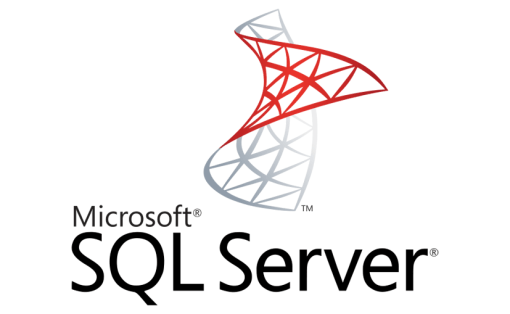
Microsoft SQL Server, Power BI & DAX
What is Microsoft SQL Server and what are the primary benefits of using it with Power BI? Microsoft SQL Server is a relational database management system (RDBMS) that is used to store, manage, and analyze data. It is designed to support a wide range of data types and formats, and it provides a range…

